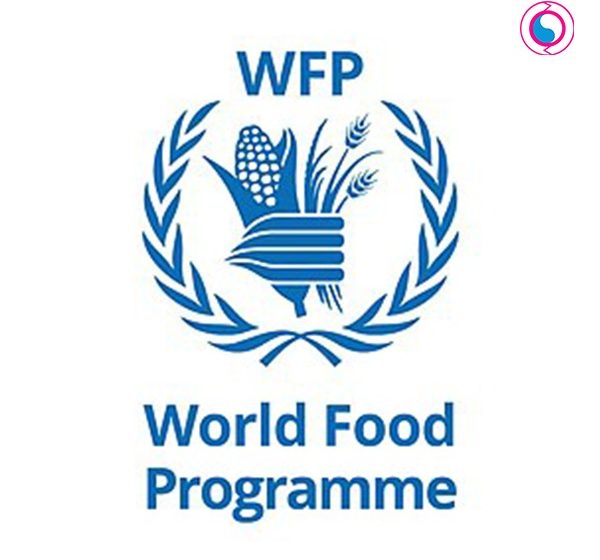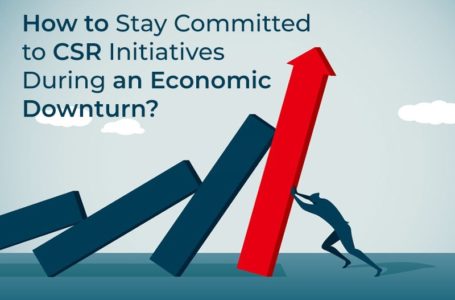The World Food Programme

The World Food Programme (WFP) is a branch of the United Nations that focuses on hunger and food security. Headquartered in Rome, WFP is the world’s largest humanitarian organization and also the largest provider of school meals.
As of 2021, WFP has offices in more than 80 countries and has served around 100 million people across 88 countries since 2012.
Today, let’s look at a brief history of WFP and its activities.
History and Background
WFP came into existence in 1961 after the 1960 Food and Agriculture Organization Conference. In the conference, the idea of establishing a global and multilateral food aid program was proposed.
While WFP works across various sustainable development goals, it primarily focuses on countering malnutrition, hunger, and food shortages. WFP’s other areas of focus include education, poverty, and employment.
Activities
As discussed, WFP works across numerous sustainable development areas. Let’s discuss the activities WFP has been a part of.
Emergency Aid
The majority of WFP’s efforts include life-saving food assistance in times of emergency crises. The assistance is a combination of food, cash, school feeding, nutrition supplements, etc. One of the biggest projects of WFP was the emergency response in Yemen that was executed amid an ongoing conflict. For this effort, WFP was awarded the Nobel Peace Prize in 2020.
Climate Change
Climate change is another major area of focus on WFP. It works with government bodies and humanitarian partners in fighting climate-related disasters. One of WFP’s key responses to climate-related disasters was a pre-emptive action in Bangladesh to alleviate the impact of torrential rains.
Nutrition
Over the years, WFP has expanded its focus from emergency assistance to prolonged malnutrition and obesity. The organization addresses malnutrition from the early stages and provides healthy diets to pregnant and breastfeeding women and young children. It also provides nutrition assistance to people suffering from TB and HIV.
School Feeding
WFP runs the biggest school feeding program in the world. They provide fresh and healthy meals to school children, thereby encouraging parents to send their children to school rather than work. WFP also provides services like malaria control, menstrual hygiene, etc.
Smallholder Farmers
WFP supports smallholder farmers in building sustainable food systems and essential business skills to become independent and achieve business success. WFP is a part of the Farm to Market Alliance that assists farmers with production and investment and helps them increase their income.
COVID-19 Response
The pandemic has put substantial pressure on the agricultural system across the globe. This has led to a shortage of food supply in many countries, thereby increasing the risk of malnutrition and other conditions. WFP is readily putting in efforts to provide ample food supplies to countries worst affected by the pandemic.
Final Thoughts
The World Food Programme has created a significant difference worldwide by addressing food, nutrition, and climate change issues. They have been active in areas of conflict and provided food and assistance to people in difficult times.
You can also volunteer at WFP and join the fight against hunger. Or, you can show your support by donating to WFP.



